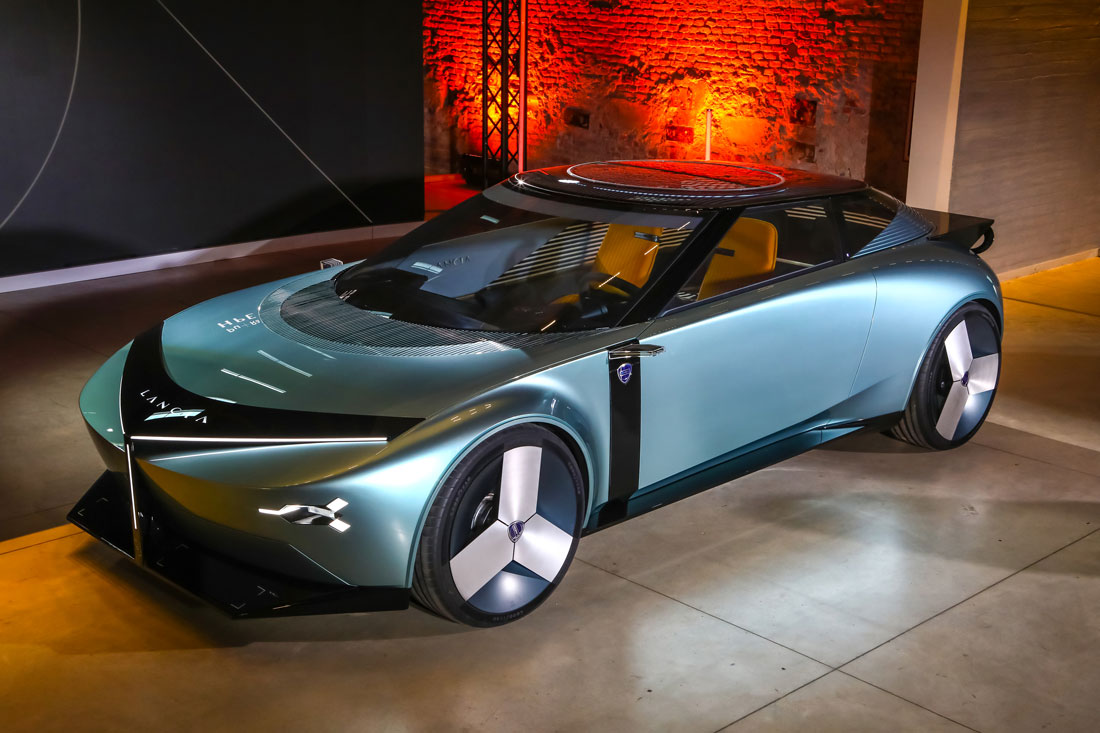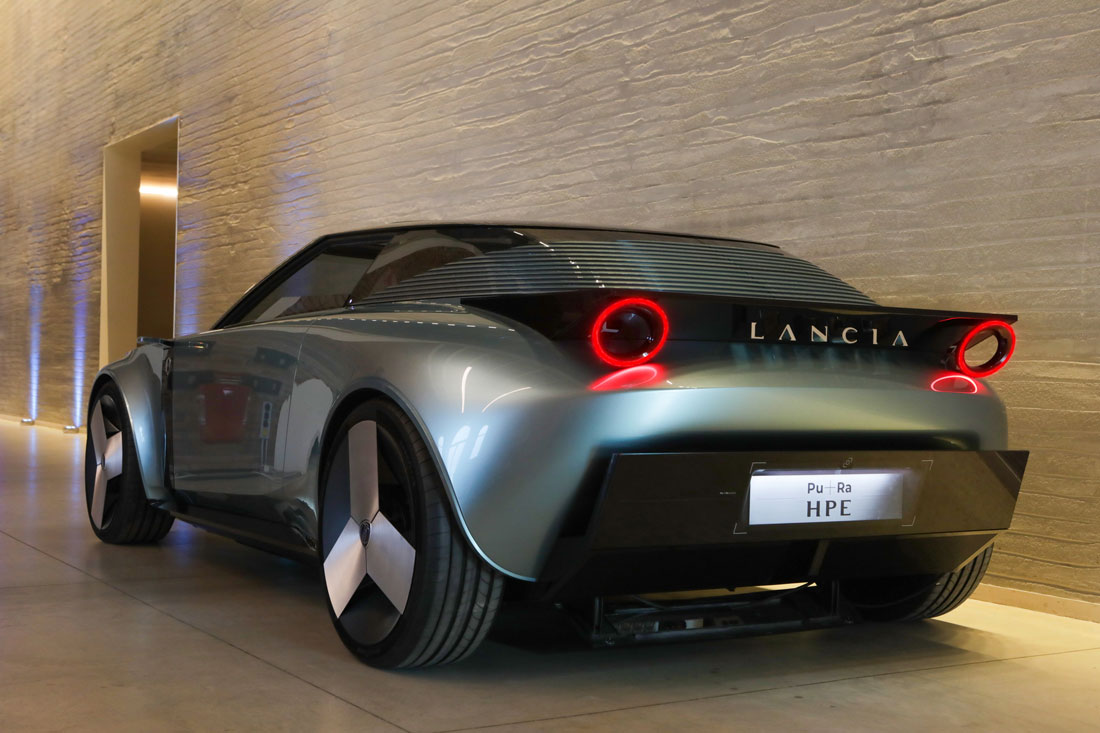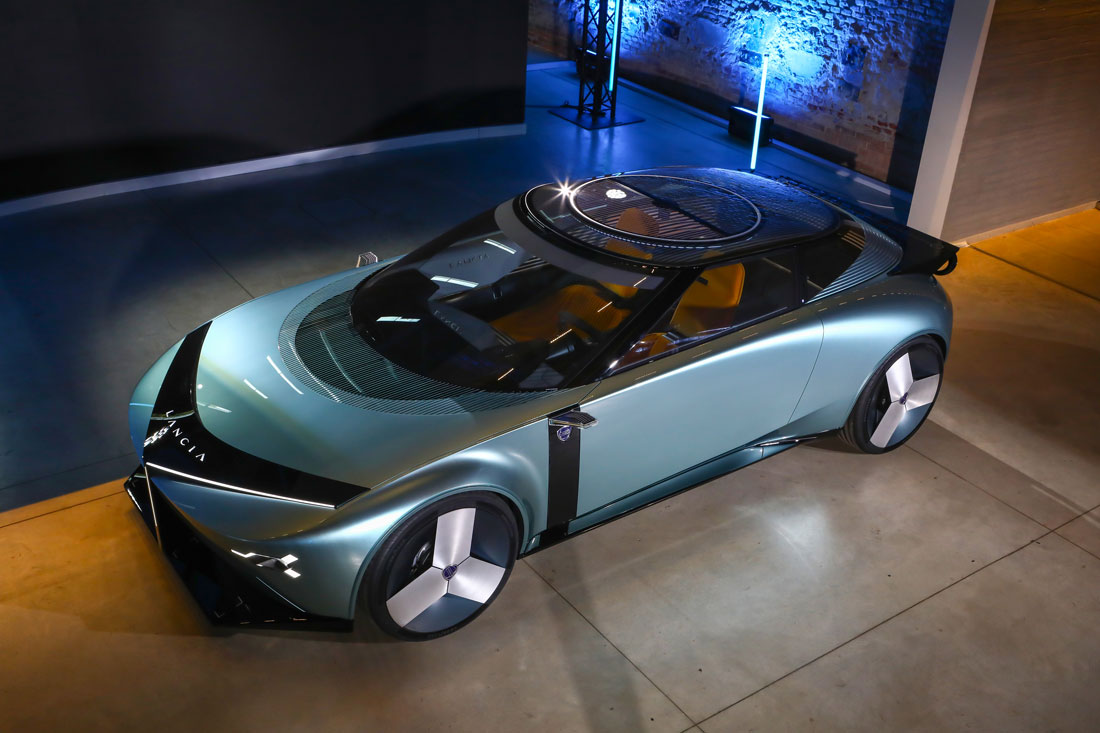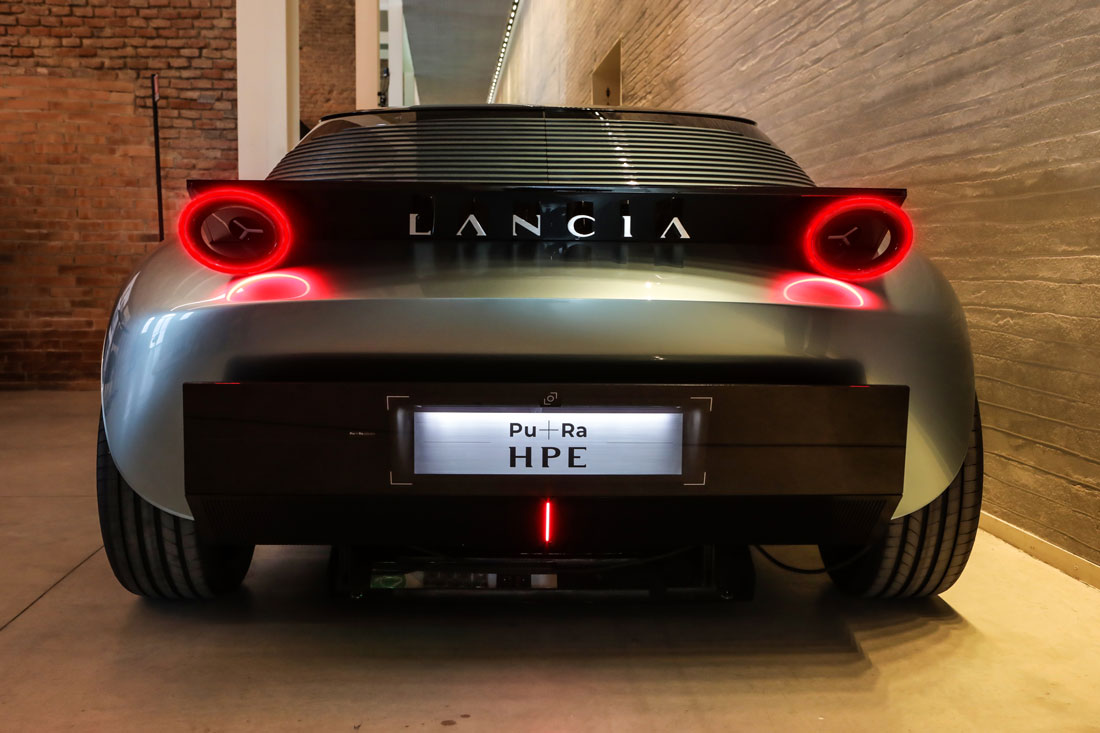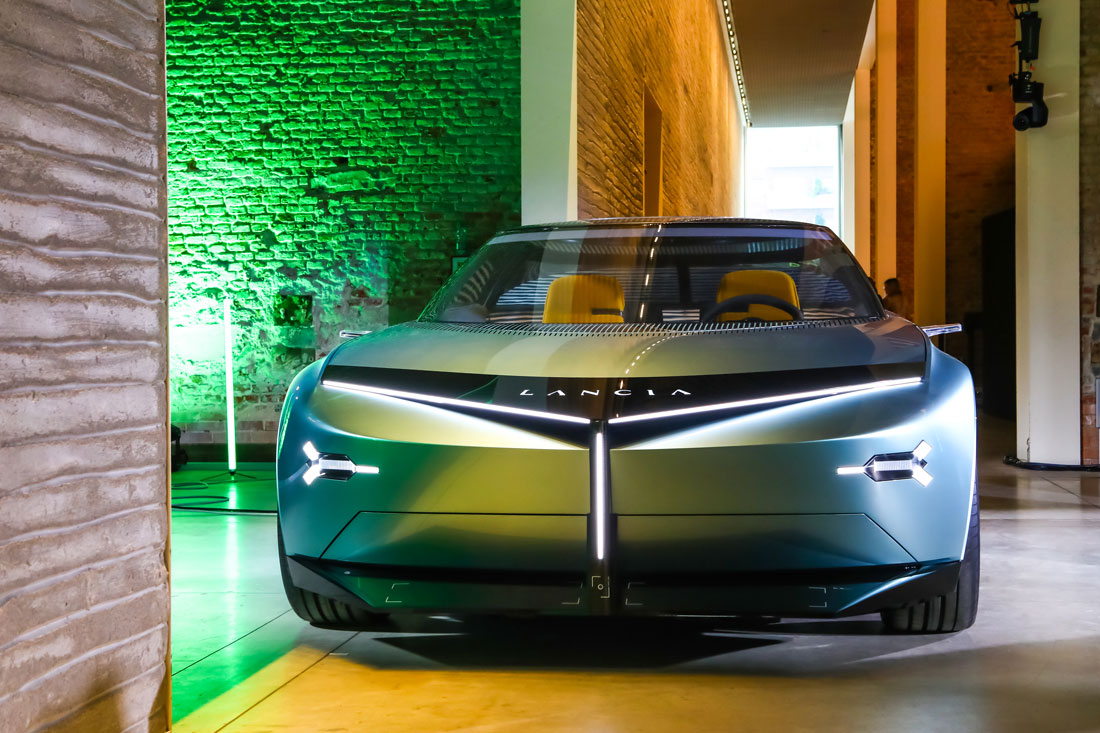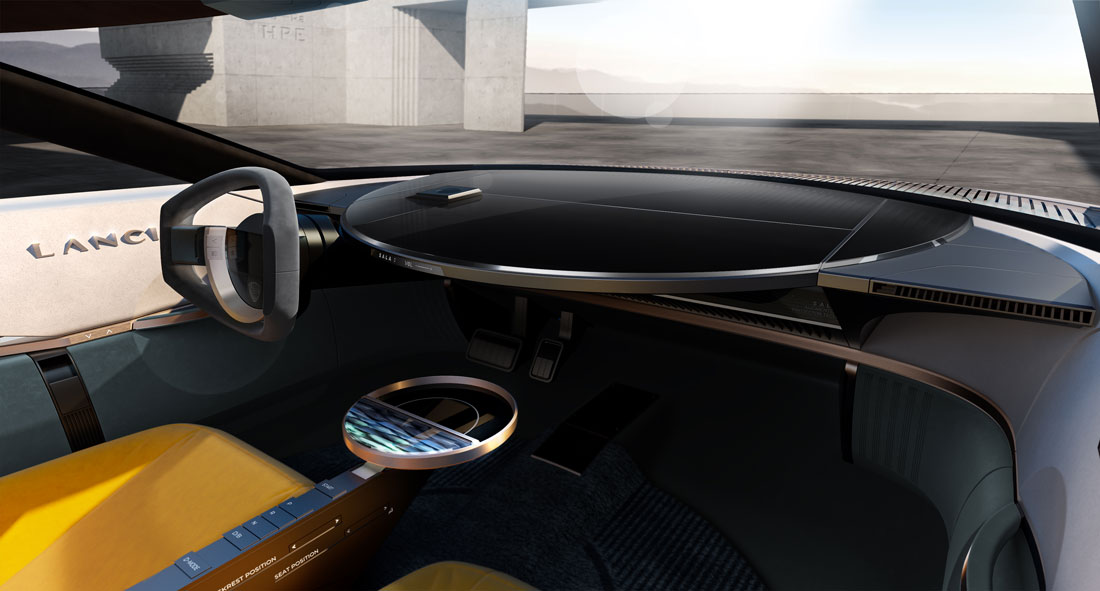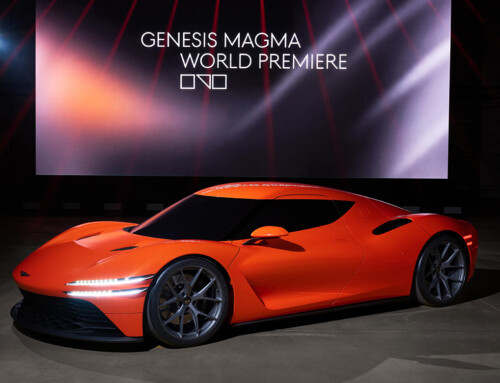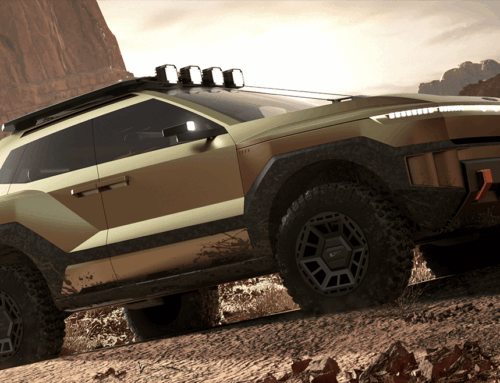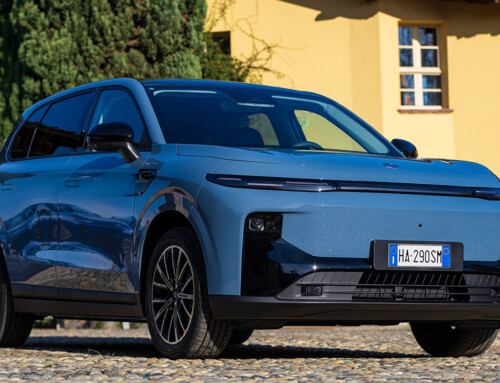Taut and responsive like a very elegant wedge, without any superfluous graphic signs and punctuated only by strategic elements: a porthole to signify the passenger compartment, the indispensable grille, well-placed logos. This is how, more like a stylistic intention rather than a completed prototype, the blue silhouette that the Stellantis group’s top management defined as a “three-dimensional poster” and called Pu+Ra Zero, as in Pu(re) + Ra(dical) appeared. It was 28 November last.
Now the idea abandons the winter mists and blossoms in the spring of the Salone del Mobile, at the National Museum of Science and Technology, in a new and finally complete form. With neat and at the same time profiled forms, a lowered roof and a kaleidoscope of solutions that redefine the formal grammar of the Chivasso-based brand: “We investigated the roots of Italian taste in search of timeless elegance, projected into the future”, says Jean-Pierre Ploué, head of Stellantis design, as he observes the result of the concept that has become Pu+Ra HPE (for High Performance Electric). “Several historical models inspired its features, from the Stratos to the Flaminia, but above all was the desire to preserve the cleanliness that constitutes the essence of the Peninsula’s refinement”.
Indeed, the project aims at customers defined as “progressive classic” and is embodied in a precise implementation, worthy of a car show, perfect in the context of the event. Alongside, strategically grouped in a corner, Vico Magistretti’s Maralunga chairs introduce the collaboration with Cassina: almost forty years since the start of the experience with Poltrona Frau and Alcantara, the brand is now confidently focussing on another exalted name in furniture. “It was necessary to give new impetus to the interior, and this happened in an eclectic manner, i.e. working with partners unrelated to cars”, confirms Ploué. Not surprisingly, although everyone admires the ochre-coloured ecological velvet seats inspired by the 1975 Beta HPE, many other unusual materials (marble dust, acetate, etc.) can be glimpsed in the interior, which are associated with the dashboard equipped with the innovative Sala infotainment system.
Finally, a surprise! Much of the content will be found on the 2024 Ypsilon, whose platform is used here. In addition to the interior details, the “goblet” grille summarised in light strips, oval rear light clusters, and reinterpreted logo will appear on the road. And the Milan Design Week even turned out to be the ideal opportunity to preview several juicy visual details of all future offerings, including the flagship Gamma “with an elegant shooting brake line” (2026) and the Delta “which will follow a more peculiar path” (2028). All electric, no SUVs. “With the Pu+Ra HPE, the prospects of Lancia’s expressiveness for the next ten years are mapped out. It will be a veritable rebirth. We can only wait and see!”

